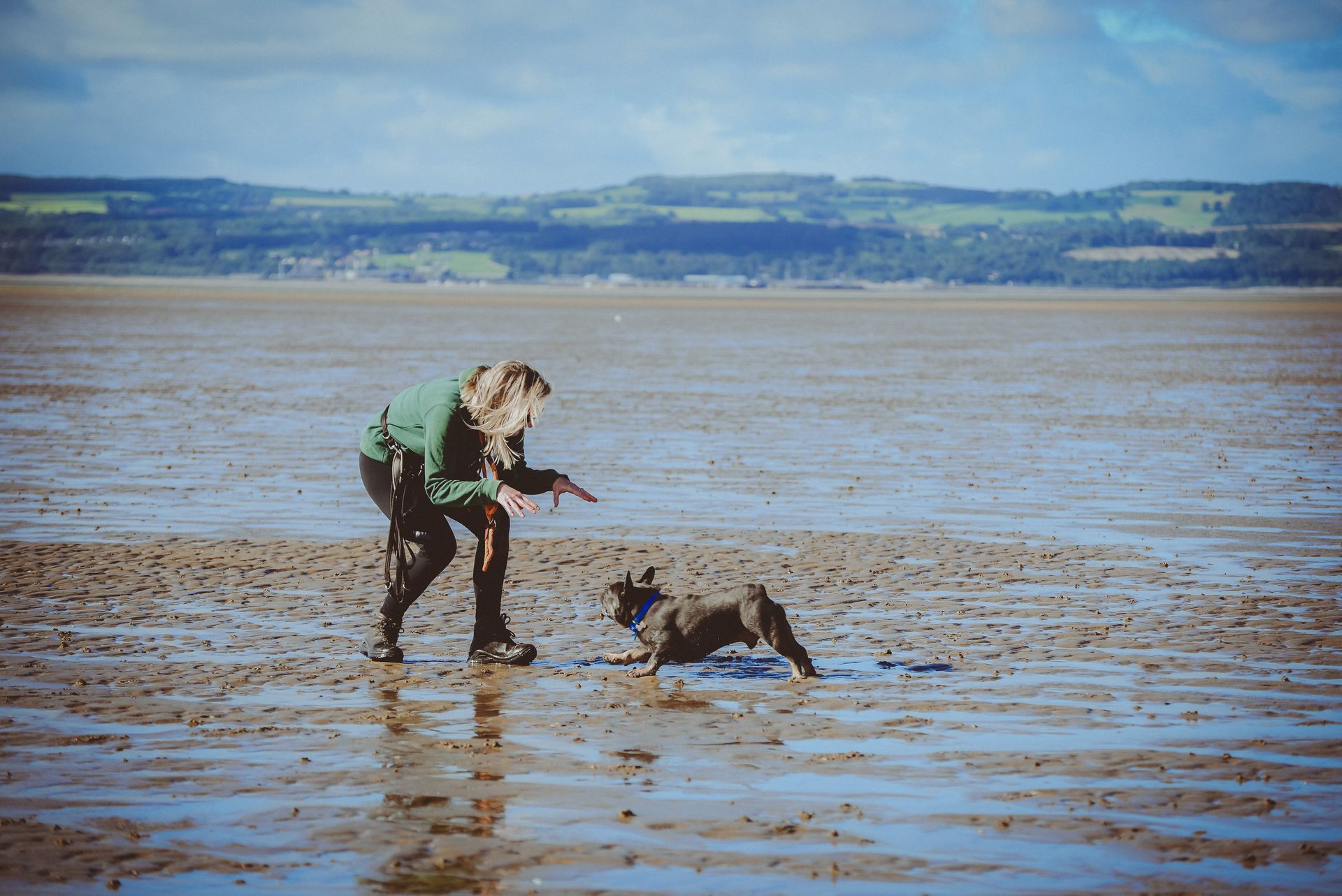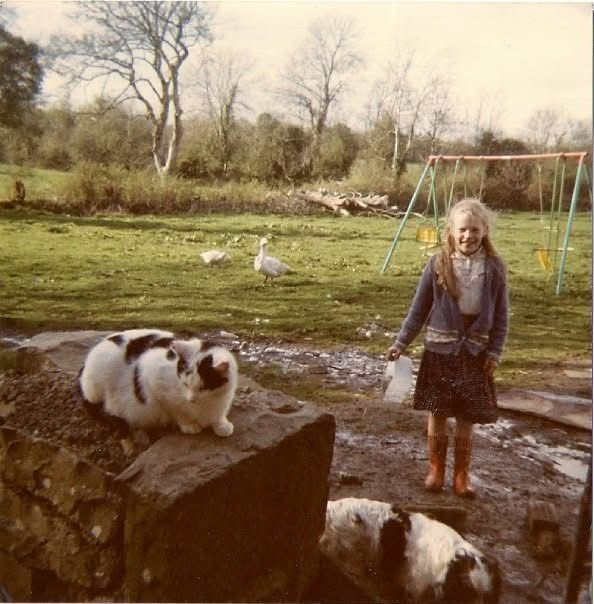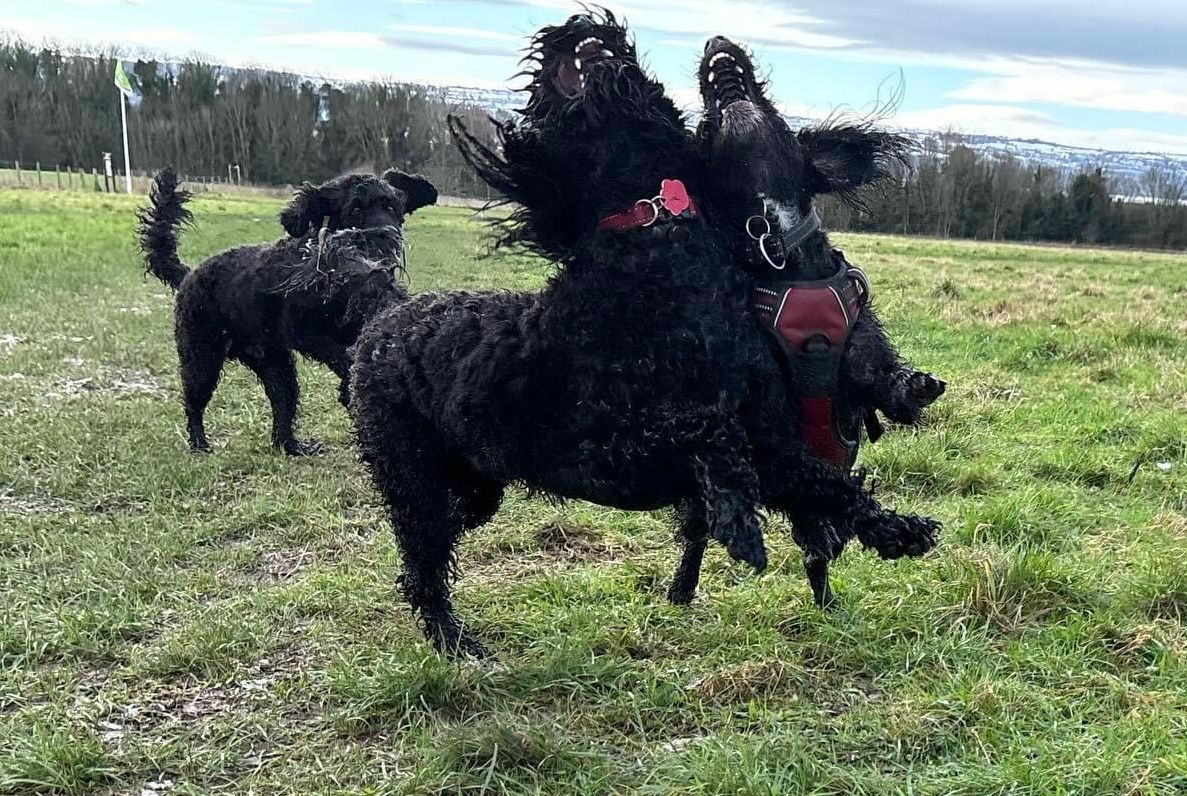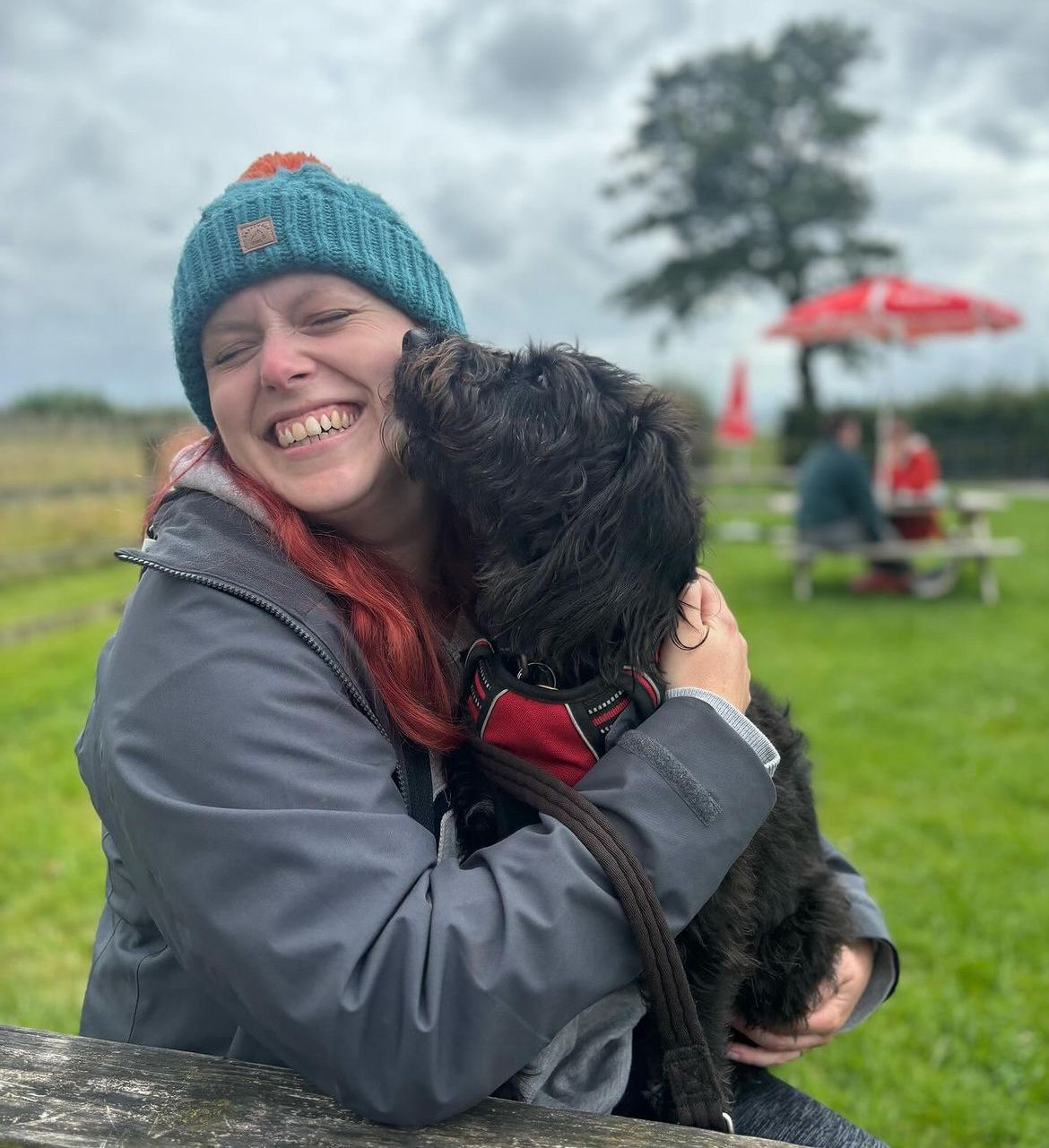Canine Body Language
Understanding Canine Body Language

🐾Understanding Canine Body Language
As a dedicated dog walker, I am not just strolling around with my furry friends; I’m also their interpreter. Canine body language is their way of communicating, and mastering it is key to ensuring their safety and happiness. Here are some things to look out for..
1. **Tail Wagging Isn't Always Happiness**
While a wagging tail is often associated with joy, its speed, height, and stiffness matter. A high, stiff wag might signal tension or aggression, while a loose, low wag generally indicates contentment.
2. **Ears Tell a Tale**
Erect ears show alertness, while flattened ones can indicate fear or submission. Pay attention to their position, and you'll understand their emotional state better.
3. **Eye Contact**
Direct eye contact can be perceived as a challenge in the dog world. Dogs might avert their gaze to show submission or trust. Staring them down might cause discomfort.
4. **Lip Licking and Yawning**
Dogs often lick their lips or yawn when they're anxious. If you see these signs, consider giving them space and time to calm down.
5. **Hackles Raised**
Raised hackles along the back can indicate fear, excitement, or aggression. It's a sign to be cautious and assess the situation carefully.
6. **Play Bows**
When a dog lowers their front end and keeps their rear end up, it's a playful invitation. Engaging in play can be a wonderful way to bond with your canine clients.
7. **Whining or Barking**
These vocalisations can mean various things. Whining may indicate anxiety or excitement, while barking can be a sign of alertness, playfulness, or frustration.
8. **Tail Tucked Between Legs**
A tucked tail typically signals fear or submission. If you notice this, try to create a safe and comfortable environment for the dog.
9. **Stiff Posture**
A rigid body with tense muscles might suggest discomfort or aggression. It's essential to approach such dogs cautiously and with respect.
10. **Smiling Dogs**
Contrary to humans, baring teeth in dogs can signify aggression or discomfort. A relaxed, open-mouthed expression indicates a happy pup.
Every dog is unique, and their body language can vary. For me, building a strong bond with your furry family member involves patience, observation, and empathy. By understanding their non-verbal cues, I can be an even better companion on our adventures.
Take the quiz to see how well you do



